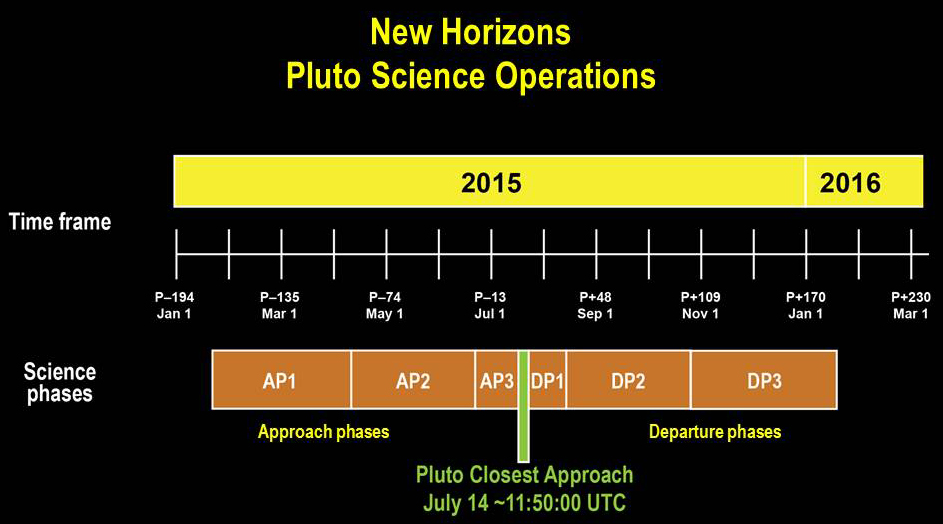When it comes to the planets, Pluto is one of the most controversial ones there is. Debates have gone on for years about this tiny planet. One minute it’s considered a planet, the next it’s not, and then they go and change their mind again. And, now this dwarf planet has made headlines again, but this time thanks to a discovery made by the US space agency New Horizons spacecraft.
New Horizons recently sent down some images that were taken of Pluto from a little over 100 million km away. What these images showed was different levels of brightness, along with a very persistent patch that catches most people’s eyes. Based on the fact that this patch hasn’t moved in any of the images scientists believe it might be a polar ice patch. It would be the nitrogen ice that is showing up as the bright patch.
Now New Horizons was first launched in 2006 from earth and since then it has traveled about 5 billion km through space. As it approaches Pluto, which it is scheduled to pass close by on July 14, 2015, the spacecraft has been taking images of the dwarf planet. The images might be a bit on the blurry side, but they are the best that anybody has ever seen from this distance planet.
“We on the New Horizons team feel a little bit like ocean mariners, explorers crossing between continents – weeks and weeks on the ocean in their case, nine and a half years in our case. We can finally see the shore. That’s land ho! And the images are only going to get better and better from hereon out.” – Alan Stern
Now New Horizons is scheduled to make a close flyby of Pluto, but with how fast its traveling it is never going to be able to enter Pluto’s orbit. Instead scientists are just going to have to deal with the images and data that the spacecraft gathers as it literally flies by the dwarf planet and its moons.
For now the images that New Horizons has been taking are mainly being used for navigational purposes, basically to check to see if the spacecraft is following the right path. However, starting on May 28, 2015 the images gathered can be used for scientific study.
Currently scientists can only guess as to what is causing the different degrees of brightness in the images of Pluto. Theories in regards to the geology at the surface of the planet, changes in topography or even compositional differences might or might not be the cause. But what is interesting to note is that it is a rare occurrence for a planet to show such strong markings from such a far distance.
The leading theory about Pluto was based on observations made in the 1980s from telescopes. These early theories suggest that the planet has a very thin atmosphere, which is made up of mainly nitrogen. The polar ice cap theory comes from the fact that scientists assume that the nitrogen causes seasonally snow out on the surface of the planet. The up close flyby and the images captured by New Horizons will aid scientists in determining if this theory is valid or not.



